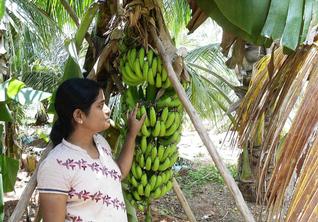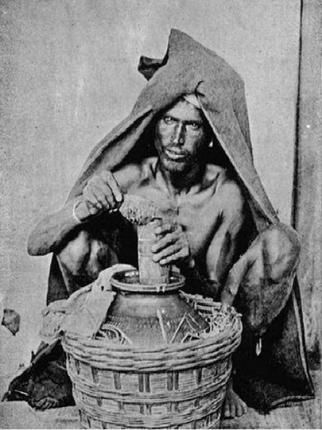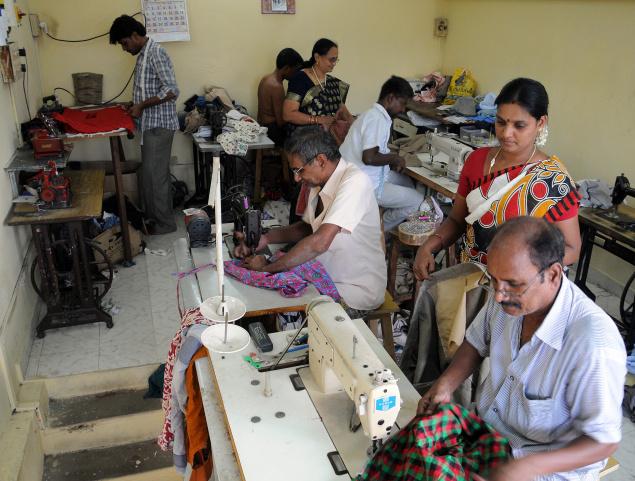Chennai :
The corridors of a 200-year-old house, the grounds of an equestrian centre, and on Friday, a stretch of the Adyar River… designers in Chennai want to make sure it’s not just their clothes that are couture, but their catwalks as well.
Under floodlights, the Adyar River beneath their feet, models and mannequins were poised on boats in resplendent Moroccan-inspired outfits designed by Fibin-Imaad as they were ferried across a 250-metre stretch of water, for a first of its kind fashion show in the city.
“The trend in fashion these days is sports and we thought we would incorporate that idea into our show,” says Fibin, who showcased his clothes against the river, with help from Madras Boat Club which provided the boats and rowers. “Our clothes are avant-garde and so we figured that doing a show at a venue that was just as original was the perfect way to showcase our line,” adds Fibin.
Around the globe, unusual venues are quite in vogue among designers — cobble-stoned streets turned to catwalks recently at fashion capital Milan, for instance. Now some Chennai designers too seem to have taken a fancy to the idea.
A few weeks ago, it was well-known designer Vivek Karunakaran, who gave the term dressage a whole new meaning when he used an equestrian centre as a backdrop to photograph his formal men’s wear line ‘Seabiscuit’ themed after the 2003 English movie of the same name.
“The shoot for the collection was done at the Chennai Equitation Centre at Old Mahabalipuram Road and now I am planning to sequel it with a fashion show for the same line at the centre. Just having the models walk with horses, with a stable in the background, I feel it is the perfect venue for a show on the line,” says Karunakaran. Earlier in April this year, he had curated a show at a hotel in the city where the entire space from the lobby to the bar, coffee shop and terrace were used to create a seamless catwalk. “We had models start at the coffee shop and walk through all the spots showcasing the outfits with guests on either side of the catwalk. It was a continuous catwalk with TV screens relaying what was happening at each of the sub-venues,” says Karunakaran.
Designer Sandeep Ravi of Studio 9696 similarly debuted his collection this March at the 200-year-old Luz House with actors Taapsee, Sanchita Shetty and Bharath walking through the corridors, rooms and stairways of the heritage building. “We placed a long red carpet along the centre of the rooms and corridors of Luz House for the models to walk on, as guests stood on either side,” says Ravi. “Luz House was perfect – the entire structure is stunning and we didn’t even need artificial lighting, the natural light that flowed in was unbeatable,” he adds.
“We wanted our show to be more of an experience. Most fashion shows are held at hotels or halls and the whole thing feels run of the mill and boring. For our debut, we wanted to make an impression. While we knew our collection would wow, we wanted a venue that would keep up, one that people would remember and talk about for days after. And Luz House delivered,” adds Ravi, who has other out of the box venues lined up for future shows.
source: http://www.timesofindia.indiatimes.com / The Times of India / News Home> City> Chennai / by Kamini Mathai, TNN / August 29th, 2015


